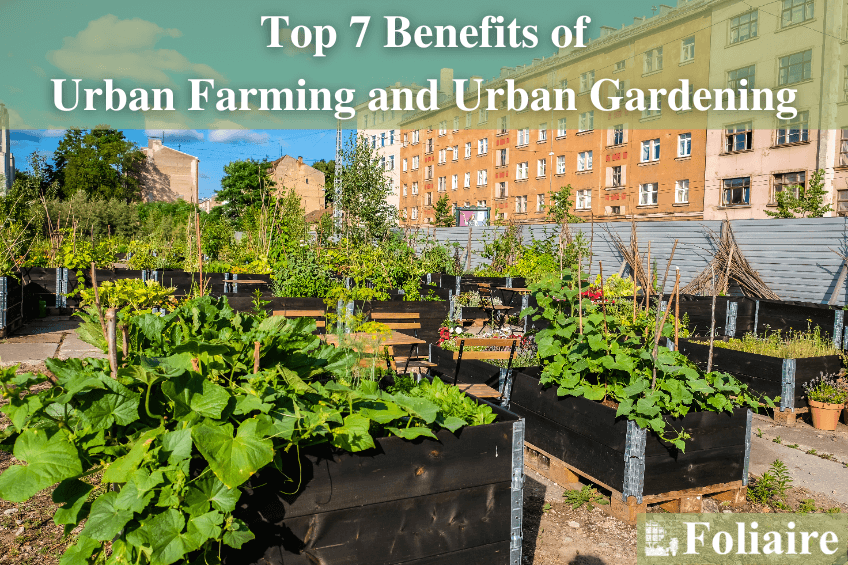The Basic Principles Of City Blooming
The Basic Principles Of City Blooming
Blog Article
Fascination About City Blooming
Table of ContentsOur City Blooming StatementsThe Ultimate Guide To City BloomingIndicators on City Blooming You Need To KnowHow City Blooming can Save You Time, Stress, and Money.The Basic Principles Of City Blooming
Fascinated in growing food for sale in the City of Chicago? Below is a checklist of often asked questions relating to the policies and guidelines that growers need to think about when intending a metropolitan farming project.
The zoning modification does not customize any kind of other codes dealing with composting, structure licenses, purchasing or renting City possessed building, organization licenses or environmental contamination. There are existing codes that manage these issues and they remain completely impact and might apply to your job. Neighborhood gardens are generally possessed or managed by public entities, public companies or community-based organizations and preserved by volunteers.
Urban farms grow food that is meant to be marketed, either on a not-for-profit or for-profit basis. Due to their industrial objective, city ranches require a service permit. Yes. An area yard is allowed to offer excess generate that was grown on site if the sales are accessory or secondary to the garden's primary objective described over.
Facts About City Blooming Revealed
The amount of garden compost material can not go beyond 25 cubic backyards at any offered time according to the requirements in 7-28-715 of the City's Municipal Code. Because the dirt at many brand-new garden websites needs changing, compost, soil, timber chips, or various other materials can be gotten to build or enhance the expanding space.

If a structure authorization is needed then the hoophouse will certainly be thought about an accessory structure. You can learn more concerning the building permit requirements by getting in touch with the Department of Structures. The 25,000-square-foot dimension restriction is planned to protect against a solitary neighborhood garden from dominating an offered block or interfering with the block's existing residential or business character.
The restriction does not relate to yards found in Public Open Space (POS) districts. Can there be even more than one community yard that is 25,000 square feet on a single block? Yes. The dimension limit puts on private gardens, not to private blocks. No. Fencing is not needed, however, yards that have huge parking lot might be required to mount fencing or various other landscaping functions.
The Buzz on City Blooming
B1 & B2 areas require that all business usage tasks be conducted indoors. R districts restrict commercial task. The regulations mirror the objective and intent of the Zoning Code. Is fence needed for urban farms? Yes. Fences may be called for, along with landscape design and testing, for sure parking lot and exterior job or storage space locations depending on area and the particular task occurring.
Urban ranches need building permits and zoning authorizations prior to building and construction (eco-friendly practices). Various other forms of city review may be required depending on details frameworks, activities, dimension, landscaping, licensing, public heath and stormwater monitoring concerns.
Yes. The type of certificate is established by what is occurring at the website. The Division of Service Matters and Customer Protection can aid identify the details sort of business permit that's required. Yes. Off street vehicle parking is needed for many business projects in Chicago. The needed variety of garage is based upon the number of workers servicing website and not the square video of the expanding space.
Fascination About City Blooming

An urban ranch can market compost product created on website, nonetheless, Recommended Reading the procedure has to abide with the regulations in 7-28-715 of the Chicago Municipal Code. Aquaponic systems are allowed indoors on urban farms in lots of zoning areas.
Approximately 5 hives or swarms of honey bees might be maintained as an accessory usage. Beekeepers should register with the Illinois Department of Agriculture. To learn more concerning the suggested zoning amendment you may speak to the Division of Housing and Economic Development, Bureau of Preparation and Zoning at 312.744.8563.
Farming in cities and metropolitan areas An urban ranch in Chicago. Urban agriculture refers to numerous methods of cultivating. http://peterjackson.mee.nu/do_you_ever_have_a_dream#c2110, handling, and dispersing food in metropolitan areas. The term likewise uses to the area activities of animal husbandry, aquaculture, beekeeping, and horticulture in a city context. Urban agriculture is differentiated from peri-urban agriculture, which occurs in backwoods beside residential areas.
City Blooming Fundamentals Explained
, that seek to develop social networks established on a shared values of nature and community holism. These networks can create by way of formal institutional assistance, ending up being incorporated right into local town preparation as a "transition town" movement for lasting city advancement.
Some of the first proof of urban farming comes from Mesopotamia.
Report this page